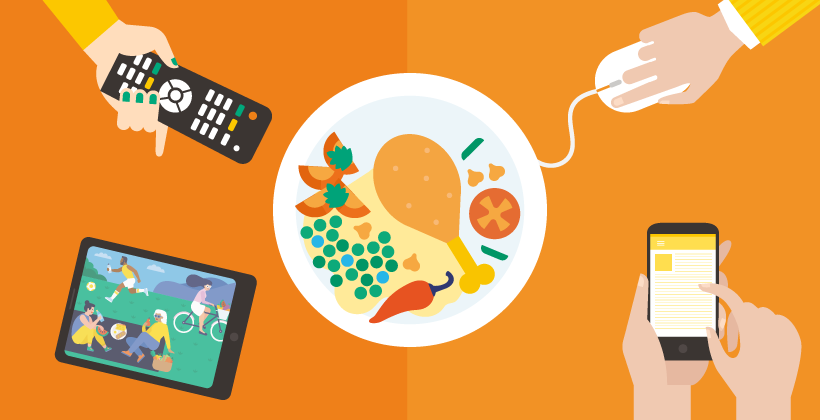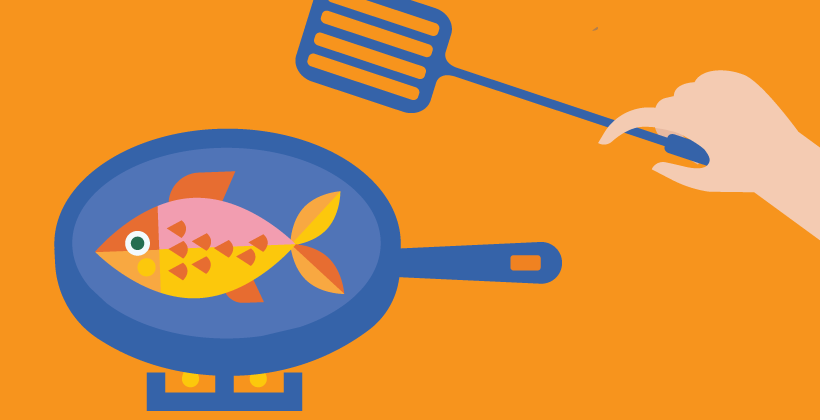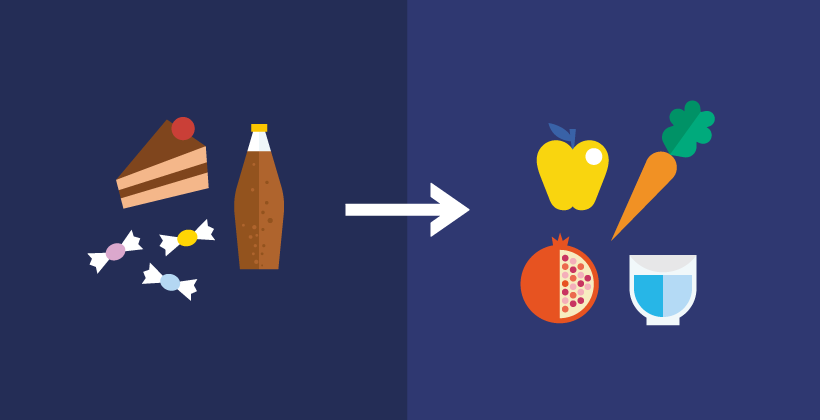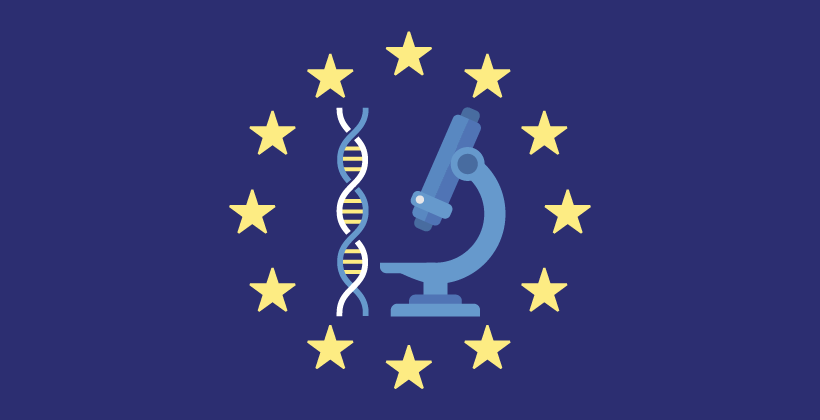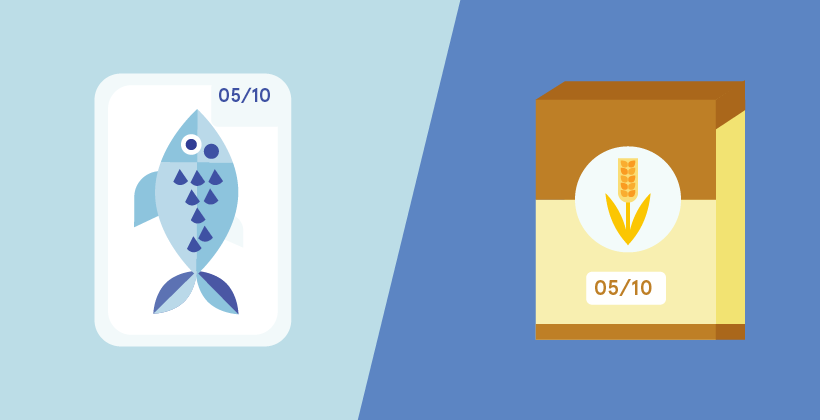Food safety tips for travellers
Last Updated : 13 November 2007For many Europeans the Autumn and Winter seasons are the ideal periods to explore more exotic holiday destinations, but travellers should be cautious, especially if they intend to visit developing countries. One in three travellers fall ill because of contaminated food and water, most often suffering from travellers’ diarrhoea (TD). Casualty rate may go up to 80% for those staying in high-risk destinations within Asia, Africa and Latin America. But don’t panic: you can prevent food- or water-borne illness provided that you take certain precautionary measures.
Why do travellers get sick?
Contaminated water or food can cause a variety of diseases that range from mild and short-lived symptoms (e.g. vomiting, diarrhoea) to longer and more severe diseases (e.g. cholera, typhoid, hepatitis A). Visitors of tropical and subtropical countries may also become infected with intestinal parasites such as worms.
When we travel abroad, we expose ourselves to sudden changes that bring down our natural immune system defences. We may sleep less and get stressed by disrupting our normal eating habits and encountering a different environment. We also get exposed to germs that our body is not used to coping with, and the health hazard can be enhanced by warm climates or unhygienic conditions that favour the growth and spread of dangerous micro-organisms.
What can you do to reduce the risk of infection?
Depending on the country you visit, you may need vaccination against severe diseases. If you travel to high-risk destinations, taking antibiotics or other chemical preparations preventatively could be effective against certain forms of TD. Products containing probiotics (‘healthy’ bacteria) might be a more gentle approach although their efficacy against TD remains to be proven. More simply, you can boost your immune system by sleeping well and eating healthily before you leave home. When travelling, keep in mind that the most likely cause for contamination is from polluted water and handling of food. So, common sense and basic hygiene such as washing your hands (with boiled or safe water) before eating are an effective way to protect yourself. However, you should also follow the safety tips below.
Safety tips
- Drink water, preferably carbonated, from sealed containers – when in doubt, treat the water with a reliable filtering system or a disinfectant agent such as iodine.
- Avoid ice in your drinks and make sure you use safe water to rinse your food and brush your teeth.
- Don’t buy food from street vendors or other food outlets where there is evidence of poor hygiene.
- Boil unpasteurised milk.
- Eat cooked food, making sure that it has been cooked thoroughly and has not been kept at room temperature for several hours.
- Peel all your fruit and raw vegetables, and avoid fruit with damaged skins.
- Avoid salads which may have been washed in contaminated water.
- Avoid food likely to have been exposed to flies or insects.
- Avoid uncooked shellfish, and dishes containing raw or undercooked eggs, poultry or meat.
- In countries where poisonous bio-toxins may be present in fish and shellfish, obtain advice locally.
What to do if you get sick
Diarrhoea, the most likely symptom you may suffer from, causes potentially dangerous dehydration. Pack oral re-hydration solutions, or buy them abroad. They are often presented as a powder to which you’ll need to add boiled or treated water. You should contact a doctor if the diarrhoea lasts longer than 24 hours, vomiting lasts longer than 12 hours, blood is present in the stool, or you experience fever or severe muscle cramping.
References
- Evans MR, Shickle D & Morgan MZ (2001). Travel illness in British package holiday tourists: prospective cohort study. Journal of Infection 43:140-147.
- Saarela M, et al. (2002). Gut bacteria and health foods - the European perspective. International Journal of Food Microbiology 78:99–117.
Further information
